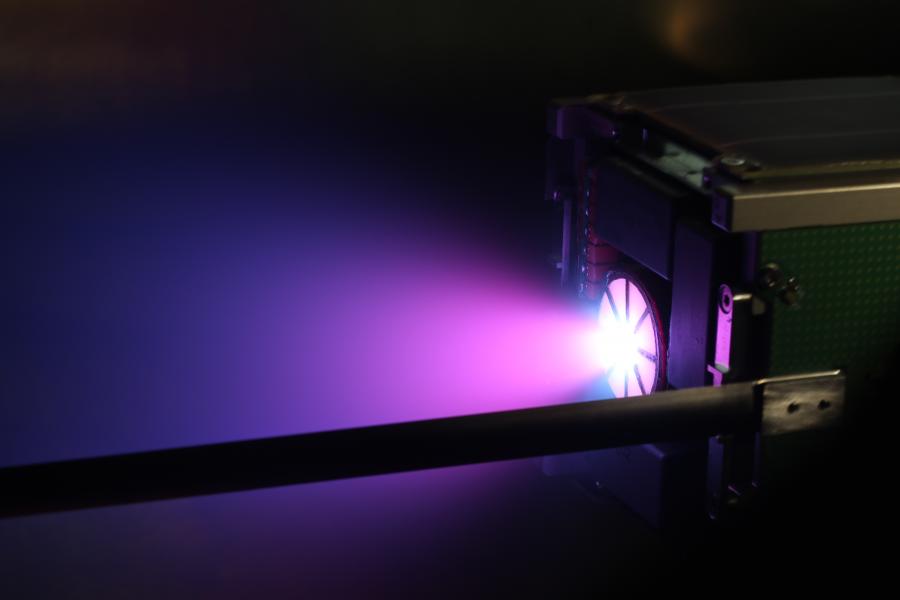The VERA (Volume-Effective Rocket-propulsion Assembly) plasma propulsion system is completely ready for operation in real space flights. This conclusion was reached by the staff of the Plasma Propulsion Laboratory of the Institute for Laser and Plasma Technologies (LaPlas) of the MEPhI upon completion of fire tests of the installation as part of the CubeSat 3U format nanosatellite.

Plasma Propulsion System
The tests allowed the scientists to test the engine's electromagnetic compatibility with the rest of the spacecraft's systems. First of all, the researchers' concerns were caused by the automatic identification system (AIS) receiver, since its antenna falls into the area of the plasma jet of the engine.
“According to the test results, we did not reveal any negative impact of the engine on the satellite systems. Neither during the tests, nor during subsequent thorough checks in the manufacturer's laboratory, we did not find any breakdowns or malfunctions in the operation of electronic components. This means that the propulsion system is completely ready for operation in real space flights,” said Igor Egorov, head of the laboratory of plasma engines at the LaPlaz Institute.
This year two plasma engines will fly on a Soyuz-2 rocket into a sun-synchronous orbit. Their task is to breed nanosatellites that track the movement of ships in the orbital plane in order to increase the observation area.
If the first two test vehicles are successfully tested in orbit, in the future, a constellation of dozens of nanosatellites can be created, which will collect and transmit to the control center data on the movement of all civil ships throughout the Earth.





